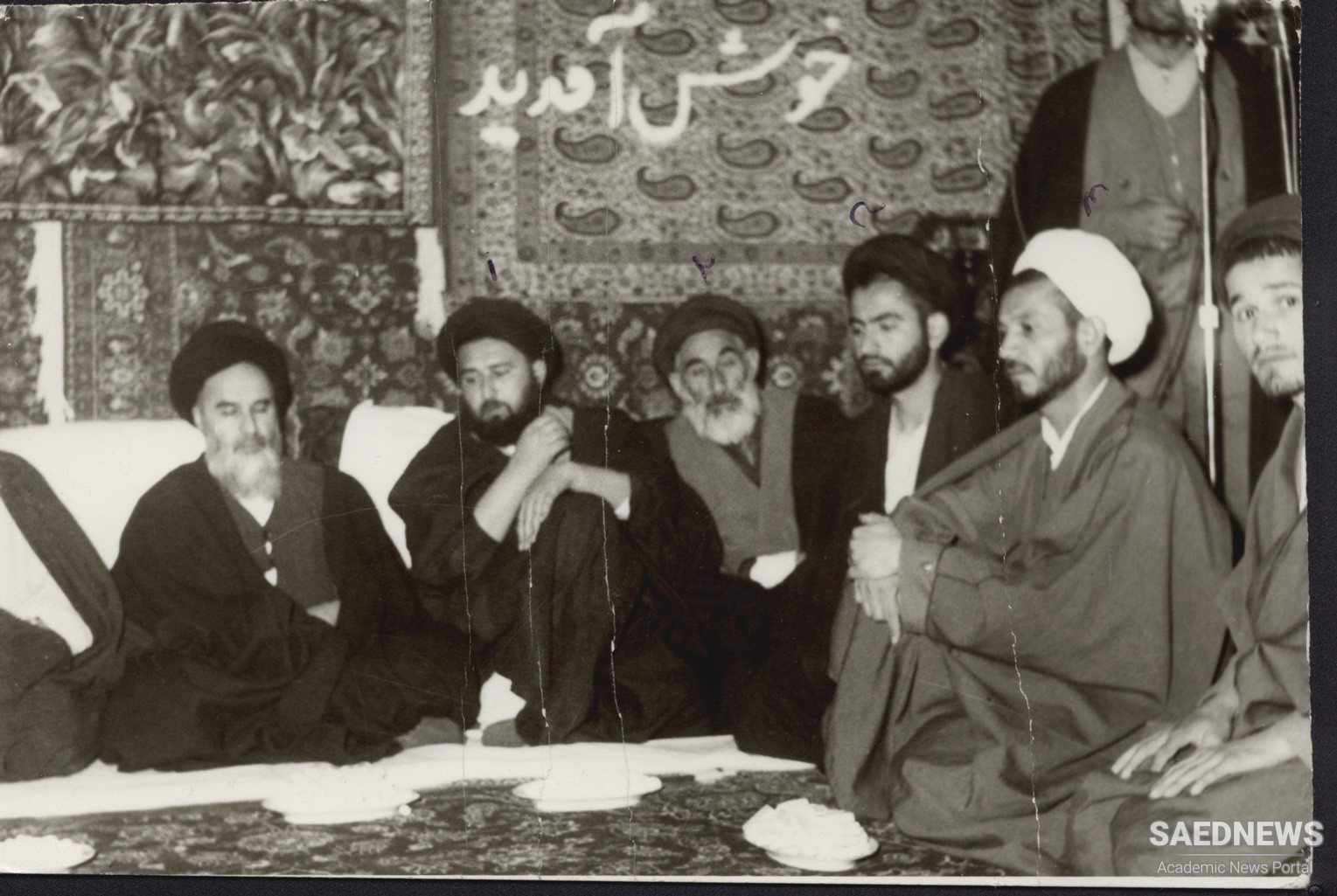Politically, however, Ayatullah Burujirdi was open to consider a decade of the postwar period, years that saw the rise of a large and threatening communist party in Iran, the Tudeh Party; the nationalization of the Iranian oil industry; the rise of Dr. Musaddiq; and the CIA coup d'etat, we find almost complete silence on the part of Ayatullah Burujirdi. Even after the royalist coup d'etat of August 1953, he received emissaries of the Shah's regime at his residence in Qum.
This seemed in the eyes of many Iranians to exclude any role for the ulama, for the religious leaders, in the opposition to the Shah's regime that was now intensifying after the downfall of the Musaddiq regime, particularly because the role of Ayatullah Kashani (d. 1962), one of the previous supporters of Dr. Musaddiq and the campaign for the nationalization of the Iranian oil industry also seemed ambiguous on many points.
In the first years after the downfall of Dr. Musaddiq and the institution of the royal dictatorship under American patronage, we find a certain current of religiously inspired opposition to the Shah's regime. But it has no leading personality; it is relatively weak; and it is overshadowed by secular and leftist forms of opposition to the Shah's regime.
However, almost a decade after the overthrow of Musaddiq, in 1962 there emerges for the first time in prominence on the Iranian scene the great figure of Imam Khomeini. He overshadows not only all his predecessors in this tradition of ulama that I have attempted to sketch for you but also the figure of Musaddiq himself and certainly all other secular politicians and potential leaders of opposition to the royal regime.
The life of Imam Khomeini before his emergence in the public eye in 1962 deserves some attention. As the final element in his name indicates, he was born in the little town of Khomeini in 1902 of a family that for many generations had cultivated religious knowledge and learning. His grandfather was a certain Sayyid Ahmad, who was also known as Sayyid Ahmad Hindi, because he had lived in India before settling in Iran.
The family was of Iranian origin, an earlier ancestor having migrated from Nishapur to India in the eighteenth century. Ultimately, since the Imam is a sayyid — a descendant of the Prophet — the origins of the family of course go beyond Iran. But throughout recent generations the family is Iranian. It is simply that one branch was established in India.
There are apparently even now a number of relatives of the family who are still resident there, somewhere near Lucknow. The Imam’s father was Sayyid Mustafa Khomeini, who was killed at the behest of one of the richest landowners in the region some five months after the birth of the Imam, because, it is said, of his attempts to defend the impoverished peasantry.


 Political exploitation of IAEA entails different response from Iran: Spox
Political exploitation of IAEA entails different response from Iran: Spox














































